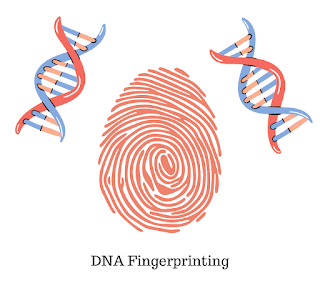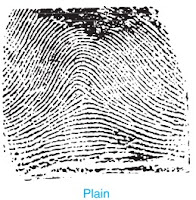DNA Fingerprinting: Definition, Method and Application

What is DNA fingerprinting? DNA fingerprinting is a laboratory technique that is used to determine the identity of a person using a unique pattern in the minisatellites of the genome of an individual. It was first invented in 1984 by Sir Akec Jeffreys after he realized that we can detect variations in human DNA based on these minisatellites. On average, about 99.9% of DNA between two individuals is the same, the remaining 0.1 % makes the person unique. DNA profiling, DNA testing, DNA examination, Genetic profiling, and Genetic fingerprinting are branches of DNA fingerprinting. Following is the complete process of DNA fingerprinting: RFLP (Restriction Fragment Length Polymorphism) The first step of DNA fingerprinting is to extract DNA from the biological fluid of human-like blood, buccal swabs, etc. Then molecular scissors, also called restriction enzymes are used to cut the DNA into thousand pieces of different lengths. These pieces of DNA are now separated using gel electrophoresis...






.png)